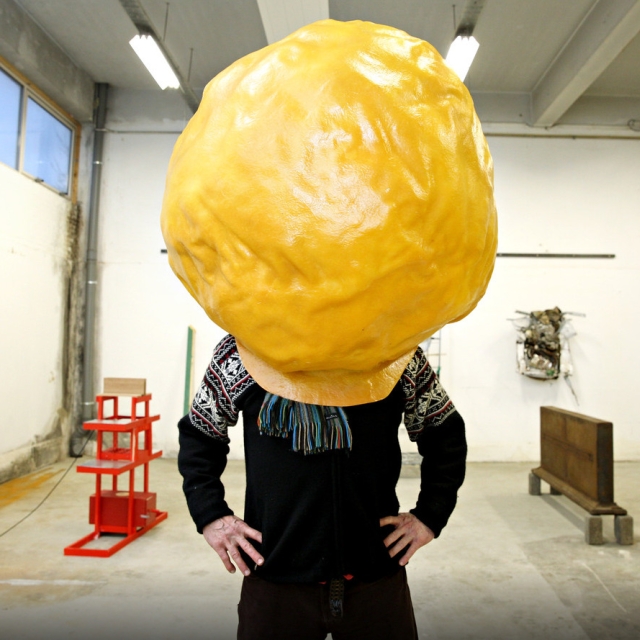Alexandra Phillips
At a time when generosity and transparency are things we collectively lack, my work demonstrates a type of generosity. The intention is to coax a slow viewing, to generate the space for a suspended moment where opposing thoughts can be held, without calamity, in one vessel. I am interested in the dissonance that often occurs between what is actual and what is expected. My artwork quietly suggests to loosen the reigns, abandon some preconceptions. Central to my practice is a questioning of various value systems. Taking behaviors or object traits and turning them from perceived liabilities to affirmed assets.
From Antoon Melissen, “A Day in Court” 2016
It is this passion for materials—far more than the interest in what it is—that sets Phillips’ work apart from the narrative and anecdotal. Because Phillips is expressly not a creator of tableaux: “I’m not an image maker, illusion is not my thing.” She does reflect on the people who once felt desire for what now passes through her hands discarded—the wonder, sometimes with a dash of melancholy—but this never resurfaces in the work. Ultimately her art is meant to be concrete, to represent nothing other than what it is. Phillips works with the characteristics of her materials, but does not transform them. These are characteristics that are so often overlooked, precisely because they may contain a certain degree of randomness, as they are unintended characteristics. Hard cardboard becomes soft when it ages, colorfast plastic fades, and rigid polystyrene eventually crumbles. Alexandra Phillips gives precisely that neglected a second chance, she revisits the obsolete. Because everything deserves “a day in court,” as she likes to put it. The cards are reshuffled, it is a “new round, new opportunities,” for the functional and the functionless, for the unnoticed, worn and discarded...
